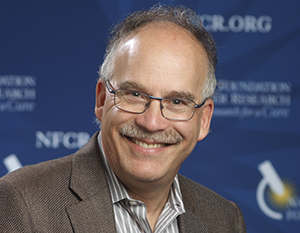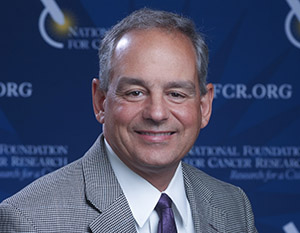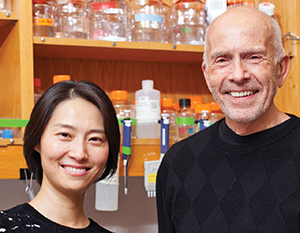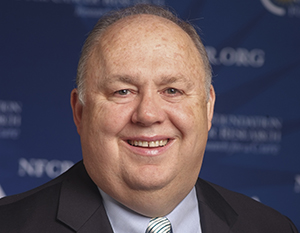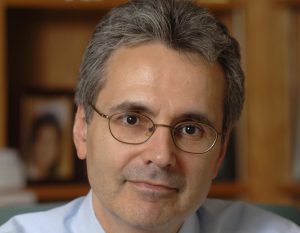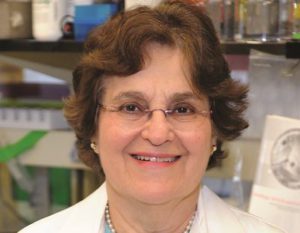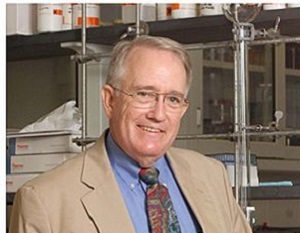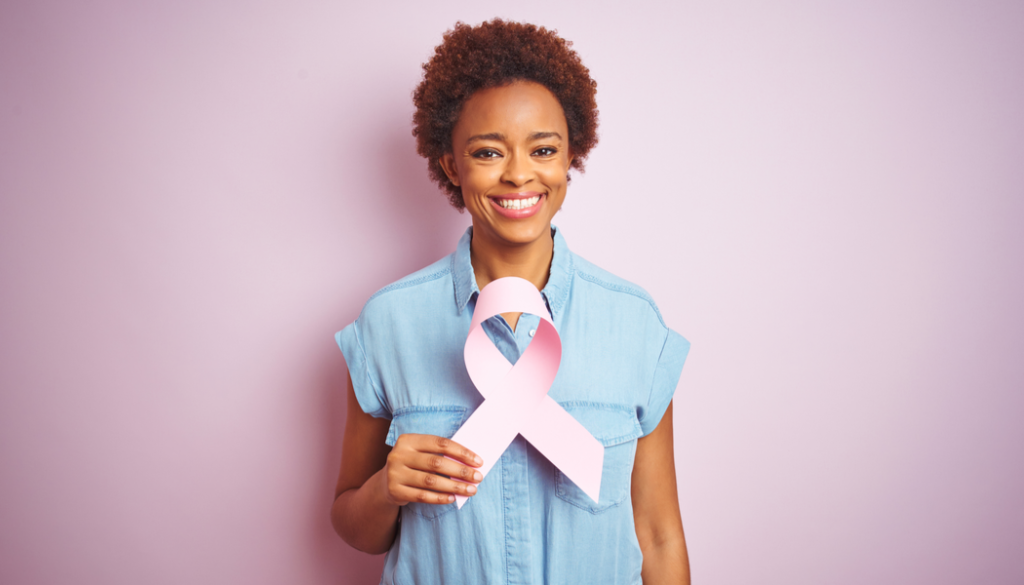Breast Cancer
Breast cancer is the most common cancer in women worldwide, claiming the lives of hundreds of thousands of women each year. Although it’s rare, men can also be diagnosed with breast cancer. With breast cancer continuing to impact so many people, it’s important to understand the disease and what strides researchers are making.
Key Facts
- An estimated 300,590 new cases of breast cancer will be diagnosed in the U.S. in 2023, and an estimated 43,700 deaths will occur.
- More than 3.8 million breast cancer survivors live in the U.S. today.
- The lifetime risk of getting breast cancer in the U.S. is about 1 in 8 for women and 1 in 833 for men.
- Research shows only 5-10% of breast cancers are hereditary.
- Dense breasts can be 1.5 to 2 times more likely to develop cancer. If you have dense breasts, ask your doctor about extra screening tests, like ultrasound or MRI, to check for tumors that a mammography might have missed.
- Triple-negative breast cancer differs from other types of invasive breast cancer as they grow and spread faster, have limited treatment options, and a worse prognosis (outcome).
- A lump isn’t the only sign of breast cancer. Call your doctor if you notice any of the changes shown below.
Source: American Cancer Society’s Cancer Facts & Figures 2023
Signs and Symptoms
A symptom is a change in the body that a person can see and/or feel. A sign is a change that the doctor sees during an examination or on a laboratory test result. If you have any of the symptoms below, it does not mean you have cancer but you should see your doctor or health care professional so that the cause can be found and treated, if needed
- Swelling of all or part of a breast (even if no lump is felt)
- Skin dimpling (sometimes looking like an orange peel)
- Breast or nipple pain
- Nipple retraction (turning inward)
- Nipple or breast skin that is red, dry, flaking or thickened
- Nipple discharge (other than breast milk)
- Swollen lymph nodes (Sometimes a breast cancer can spread to lymph nodes under the arm or around the collar bone and cause a lump or swelling there, even before the original tumor in the breast is large enough to be felt.)
- New lump or mass on breast (can be painless, tender, soft, or round)
Source: American Cancer Society 2023
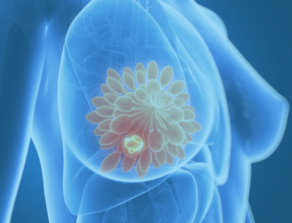
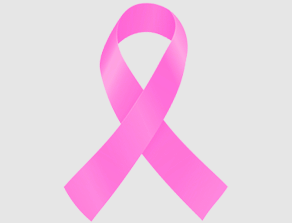
Breast Cancer Awareness Month is recognized in October. To help accelerate cures please make a gift today.



